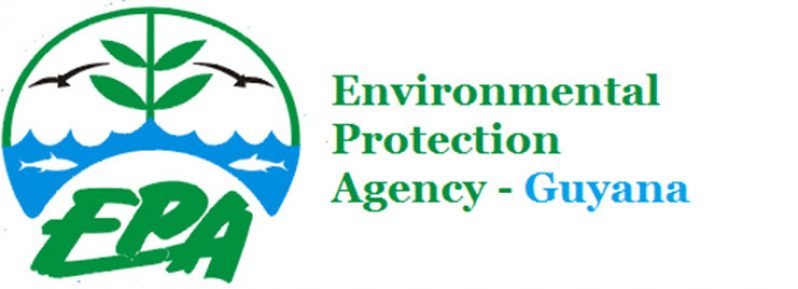INTERNATIONAL Day for Disaster Risk Reduction began in 1989, after a call by the United Nations General Assembly for a day to promote a global culture of risk-awareness and disaster reduction.
Held every October 13, the day celebrates how people and communities around the world are reducing their exposure to disasters and raising awareness about the importance of decreasing the risks that they face.
In order to accomplish such, systematic efforts to analyse and reduce the causal factors of disasters are needed.
REASONS FOR DISASTERS
Natural hazards are naturally occurring physical phenomena caused by either the rapid or slow onset of events having atmospheric, geologic and hydrologic origins on solar, global, regional, national or local scales.
Disasters often follow natural hazards and they are a result of the combination of hazards, the conditions of vulnerability and of the insufficient capacity or measures to reduce the potentially negative consequences of the hazard.
RAISING OUR GAME
‘Disaster risk governance’ is the theme this year—a year that has been consumed by the Covid-19 pandemic.
Secretary-General of the Special Representative for Disaster Risk Reduction, Mami Mizutori feels that serious decisions need to be made and time is of the essence.
“It’s time to raise our game if we want to leave a more resilient planet to future generations.”
The Secretary-General added: “We have learned from the worst single disaster of the 21st century so far, that if we do not strengthen disaster risk governance to take on the challenge of existential threats, we are doomed to repeat the mistakes of the last eight months which have cost so many lives and damaged the health and economic and social well-being of millions.
“This year’s International Day for Disaster Risk Reduction is all about governance. You can measure good disaster risk governance in lives saved, reduced numbers of disaster-affected people and reduced economic losses. Covid-19 and the climate emergency are telling us that we need clear vision, plans and competent, empowered institutions acting on scientific evidence for the public good.
“This requires having national and local strategies for disaster risk reduction in place by the end of the year as agreed by UN member States when they adopted the Sendai Framework for Disaster Risk Reduction in 2015. We need to see strategies, which address not just single hazards like floods and storms but those that respond to systemic risk generated by zoonotic diseases, climate shocks and environmental breakdown.
“Good national and local strategies for disaster risk reduction must be multi-sectoral linking policies in areas such as land use, building codes, public health, education, agriculture, environmental protection, energy, water resources, poverty reduction and climate change adaptation.”
Considerations for Guyana
Mizutori delivered remarks in which she proposed “5 points to consider for investing in new or replacing existing infrastructure, as a core element of recovery from Covid-19, and beyond”.
This is an extract from her statement:
1. Member states are encouraged to incorporate infrastructure resilience in their national and local disaster risk reduction strategies. At present, there are 93 national strategies in place and the Sendai Framework sets a deadline of the end of this year, for a substantive number of countries to have these strategies in place. These strategies are the foundation for good risk governance, hence infrastructure resilience has to be an integral part of the strategies both at the national and local levels.
2. Infrastructure regulations must be strengthened. This is about developing risk informed laws, regulations and public policies which prevent the creation of new risks and reduce existing risks. Regulators need to include natural and man-made hazards as a key criterion, and have a clear definition of resilience. Regulations should include rules for risk assessments and stress tests to be conducted periodically to ensure that assets and services meet established standards for resilience.
3. The exposure of infrastructure investments to risk should be measured and monitored with disclosure of disaster risks made mandatory. This requires investors, operators and decision makers to ensure that disaster and climate risks are considered in the location, design, construction and operation of infrastructure investments. We need to support collection of risk data to inform these decisions and ensure that public safety is a core consideration.
4. Actively engage and create incentives for private sector to participate in the quest for building sustainable and resilient infrastructure. This is because the vast majority of investment for building infrastructure will be done by the private sector. Without their engagement we cannot meet demands and fill the financing gap. So public/private partnerships need to be encouraged and to be based on sound financing models which price risk appropriately.
5. Last but not least, we need to enhance knowledge and build capacity. Infrastructure development involves multiple stakeholders, and this is why awareness-raising, advocacy and training programmes targeting each category of stakeholder across a range of national and local contexts is necessary.



.jpg)








